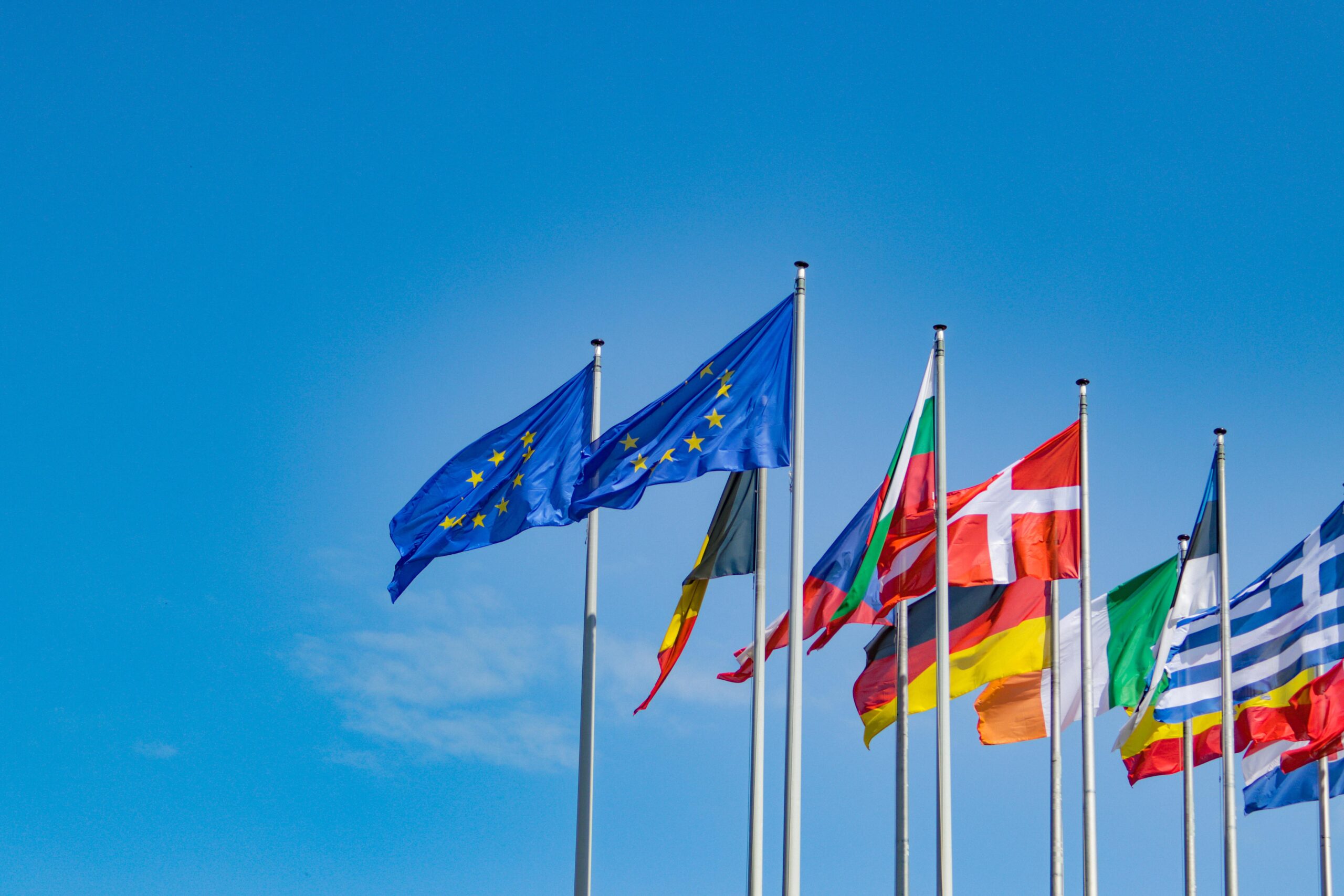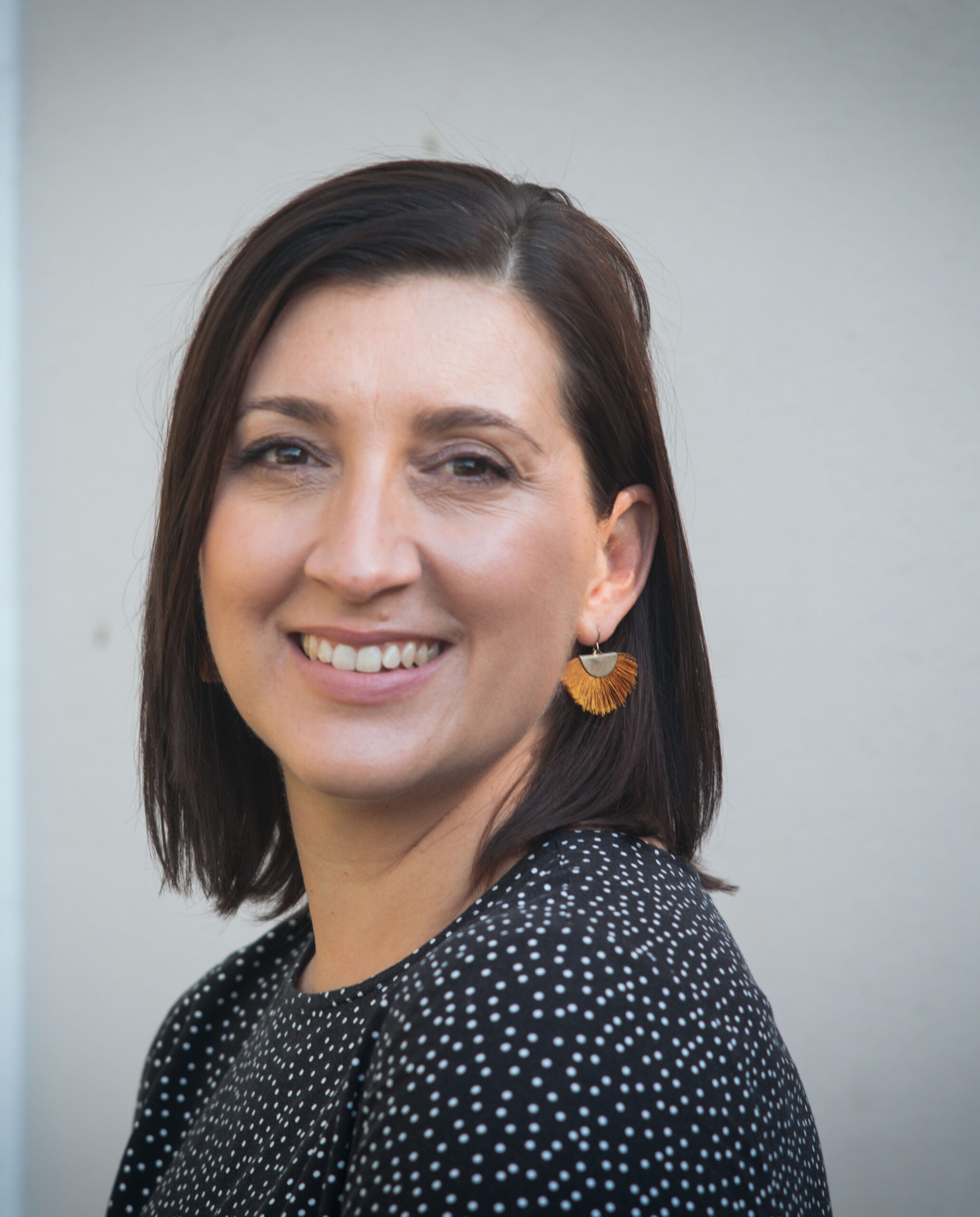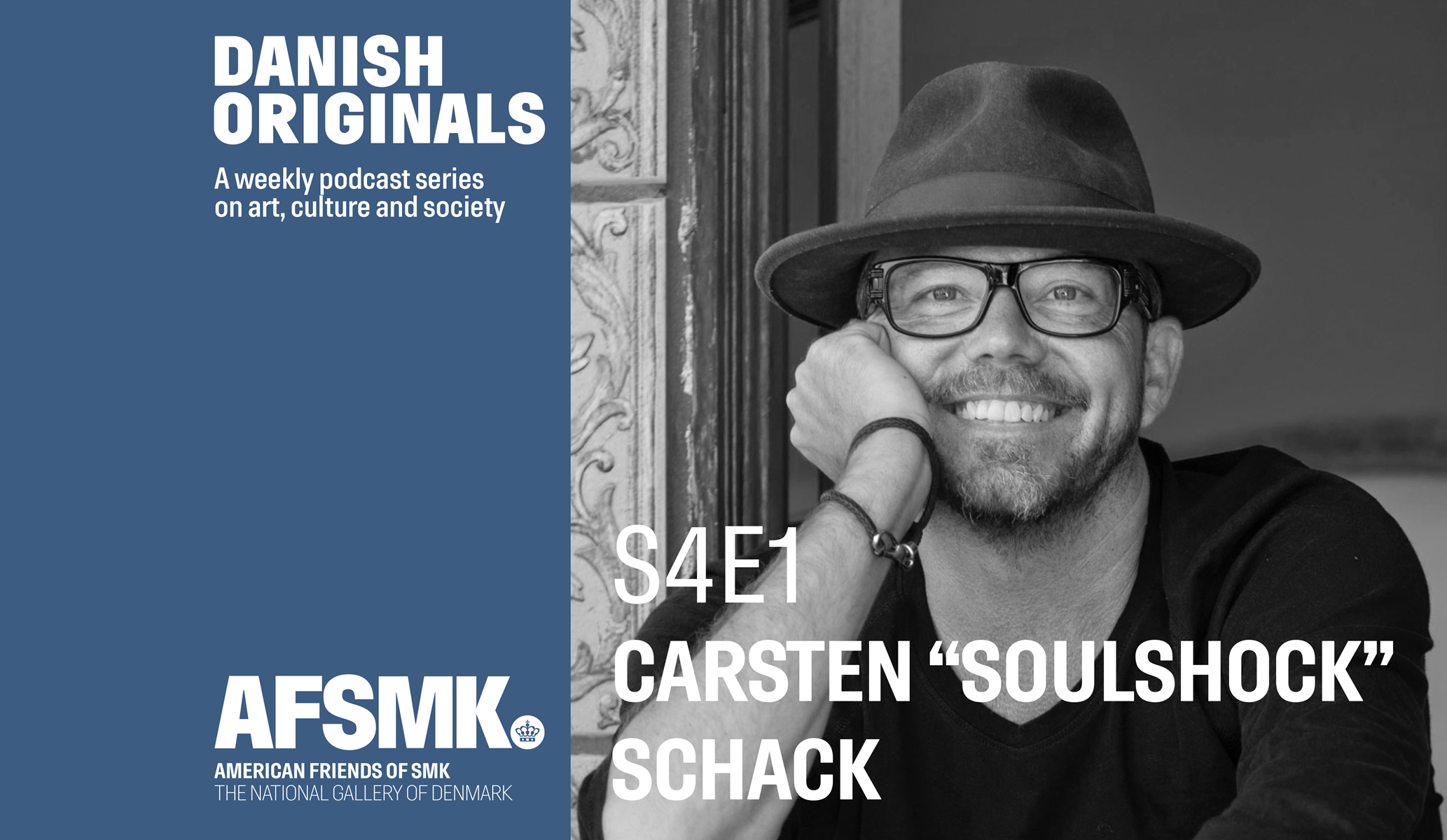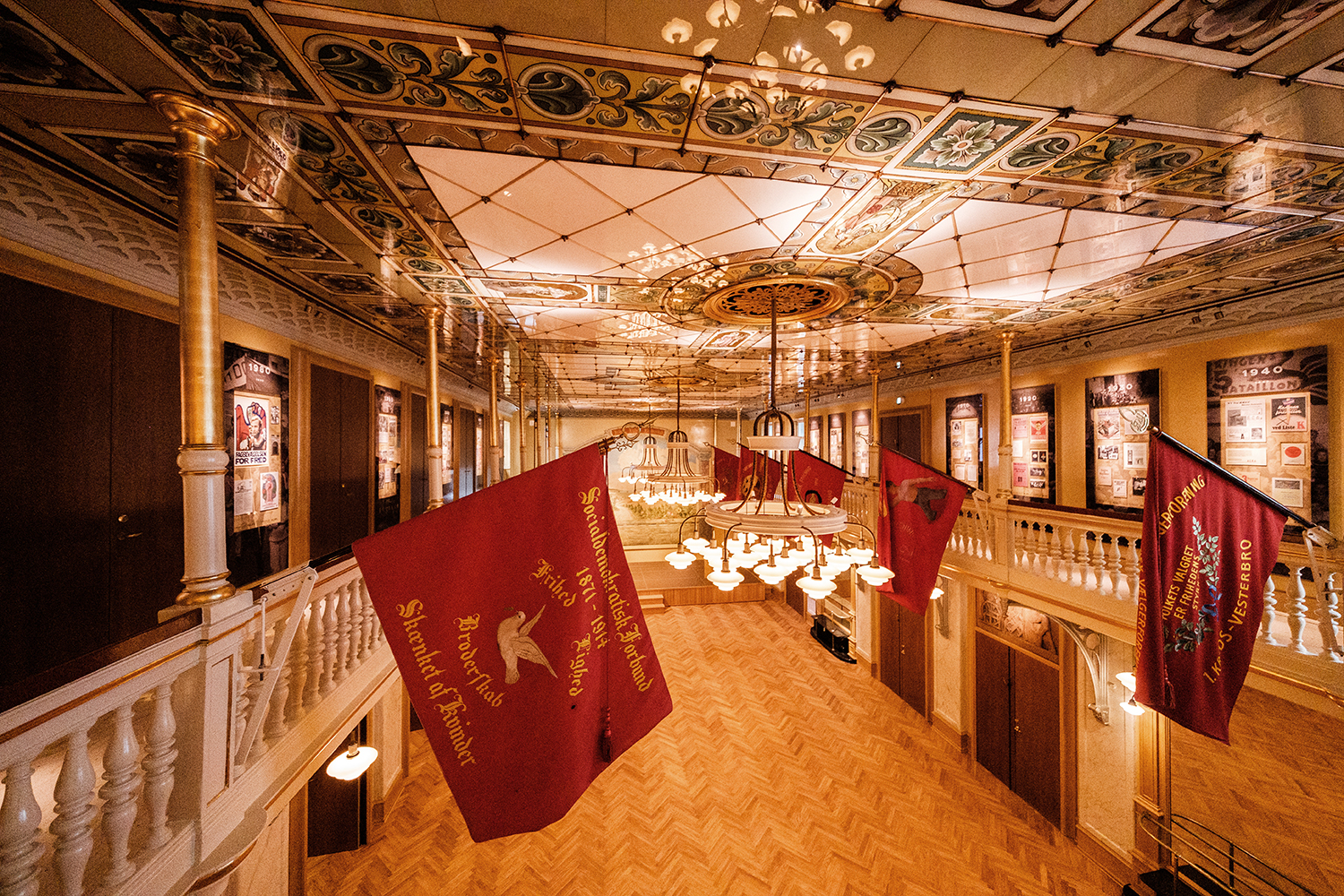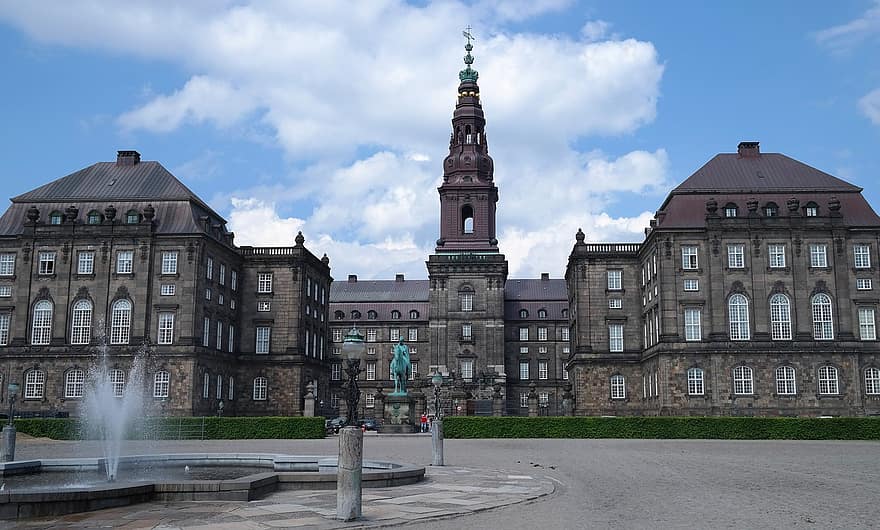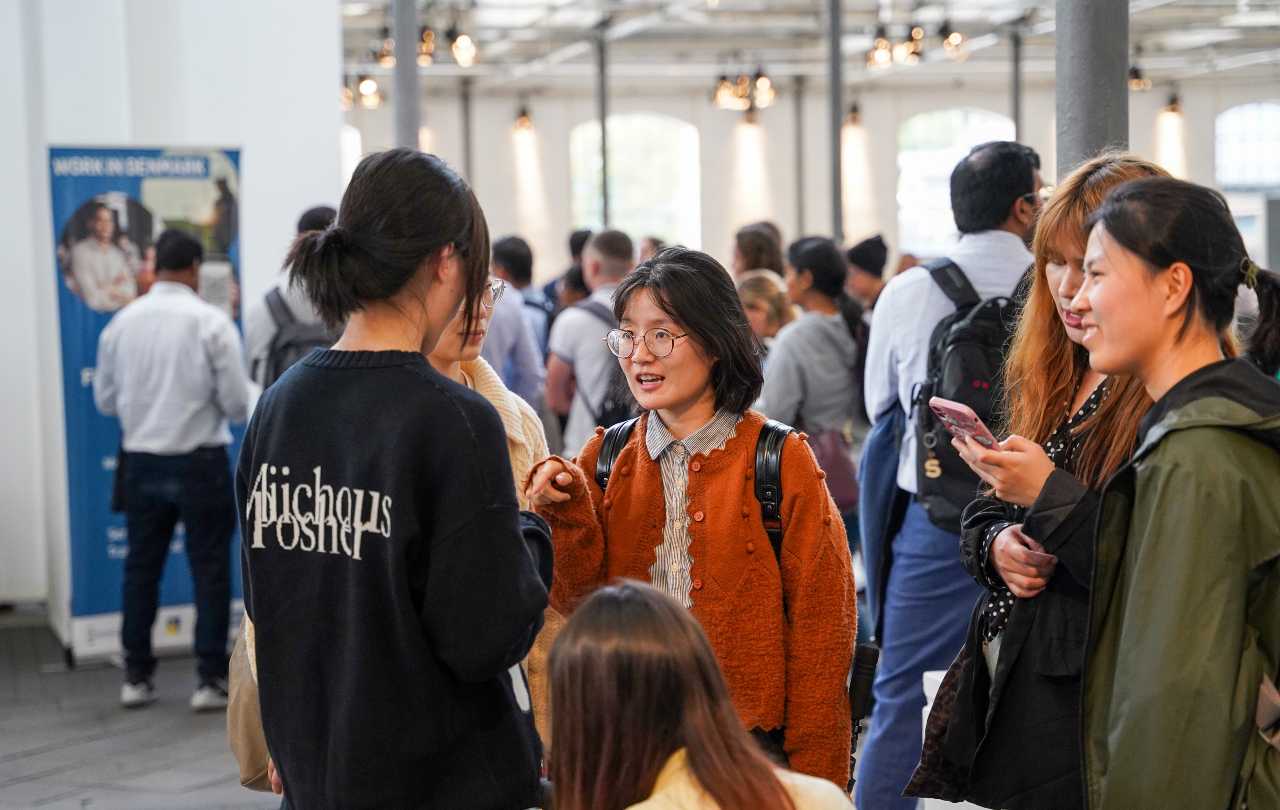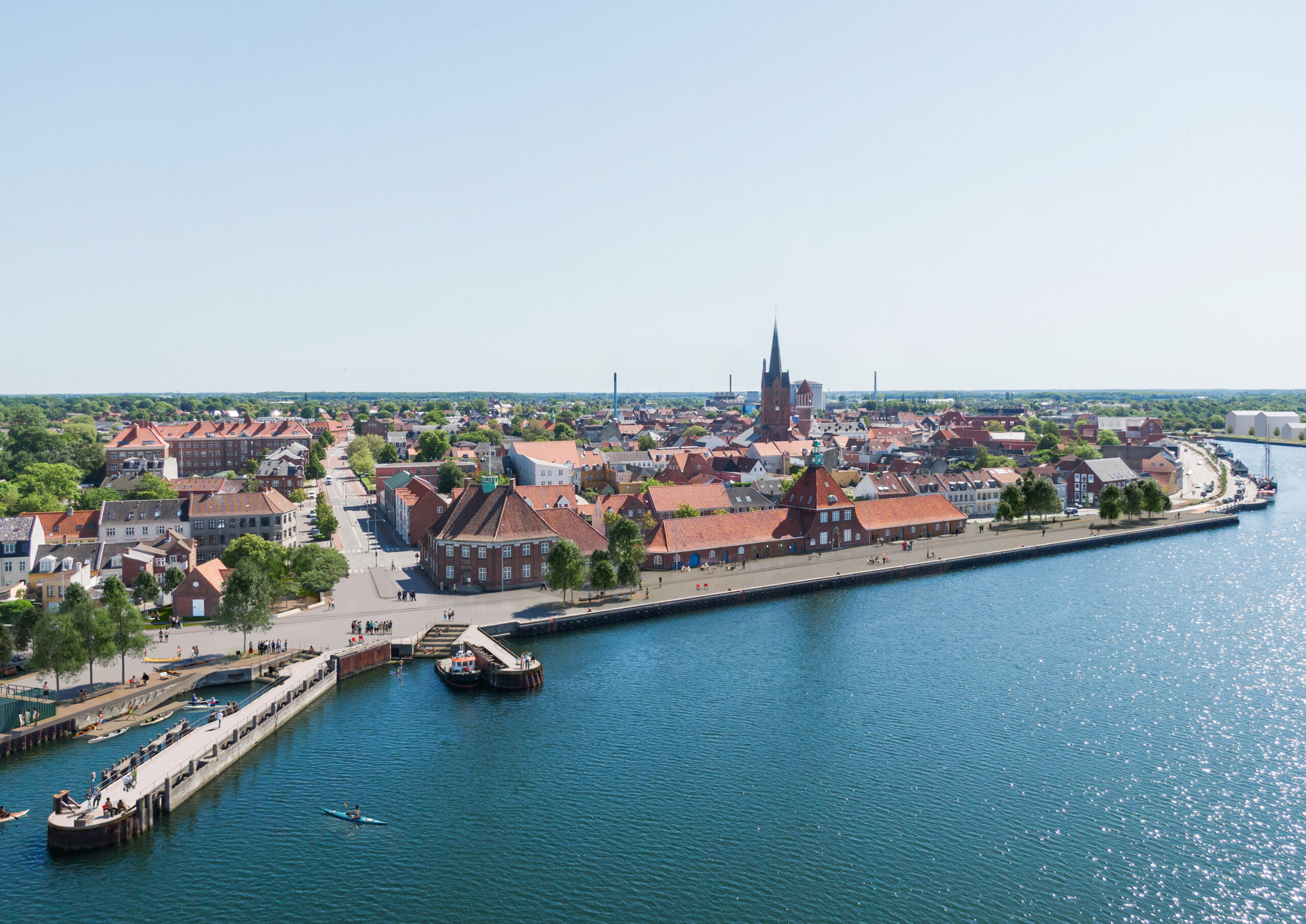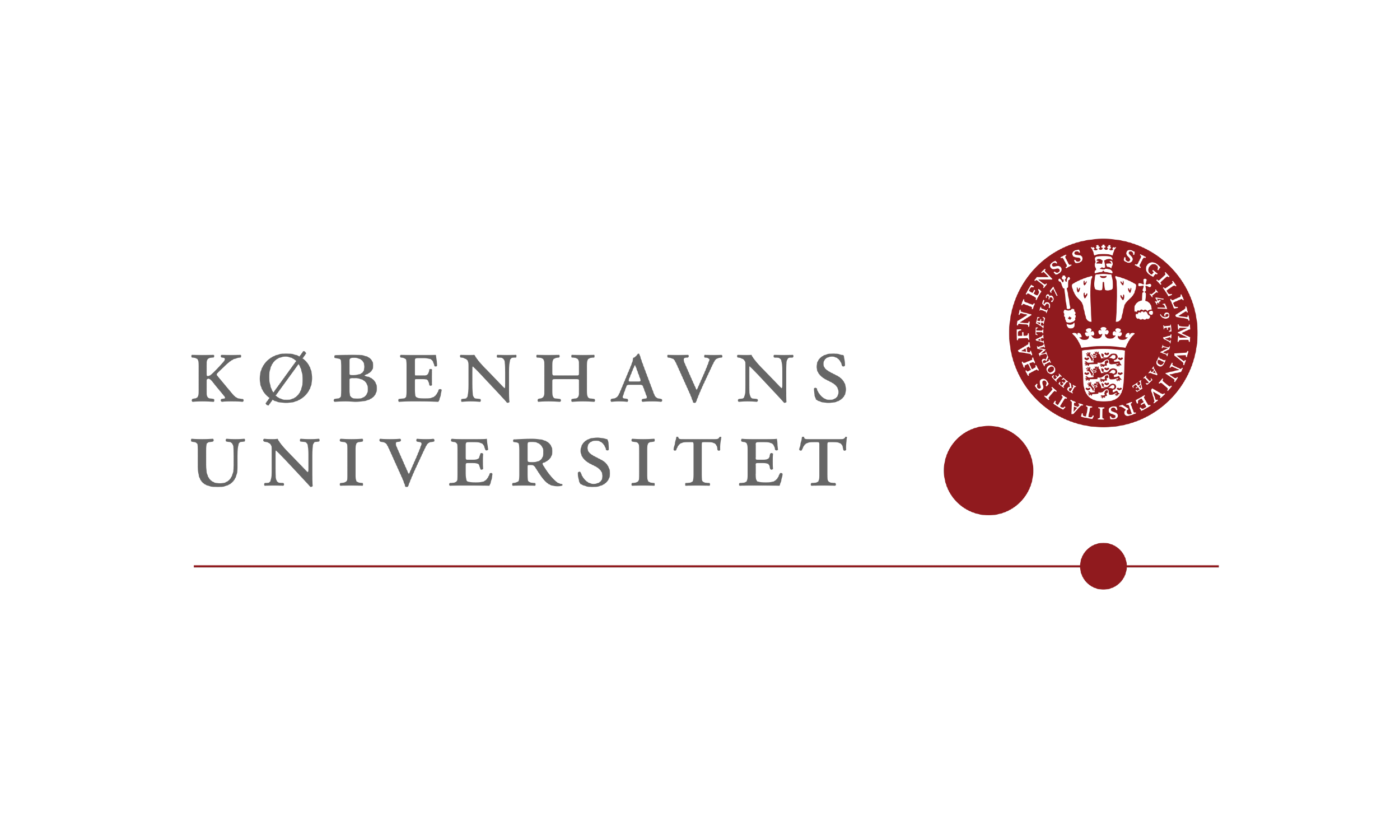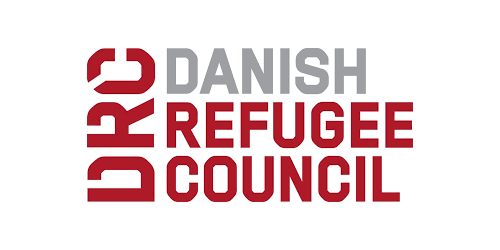They say that one man’s trash is another man’s treasure. In Denmark, one man’s waste is another man's warmth – and there isn’t enough of it to go around.
Denmark leads most EU countries in municipal waste incineration for energy and heating. The country’s state-of-the-art incineration plants convert burnable household waste into the energy that heats up people's homes, while filtering out a high percentage of the poisons and preventing 95 percent of all waste from ending up in a landfill.
Because of the popularity of this model, however, a number of communities are having trouble getting their hands on enough rubbish to feed the furnaces – and that is pressing more and more councils to import burnable foreign waste.
Three months ago, Nykøbing Falster in southern Zealand became the first Danish council to begin importing German garbage for incineration as it was not getting sufficient burnable rubbish from Zealand itself to run its incinerators efficiently.
The problem is even bigger in more rural areas, including much of Jutland, where concentrations of people are not large enough to produce enough waste to run the incineration plants. Several Jutland plants therefore plan to begin importing rubbish from Great Britain to make up for chronic garbage shortages.
Yet despite the shortage of homegrown burnable waste, thirteen Jutland councils are now weighing the possibility of building a new mega-sized incineration plant in Kjellerup, between Viborg and Silkeborg.
To run the new waste-to-energy plant thousands of truckloads of foreign rubbish may have to be imported from Germany and Great Britain. That has led critics to question the intelligence of the project.
“What’s about to happen is socio-economically stupid,” Palle Mang, managing director for Nomi, a waste management company in Holstebro, told Jyllands-Posten newspaper. "For a start, there’s not enough rubbish to ensure a sufficient supply for the incineration plants that already exist. If the plant in Kjellerup is built, we will come up short another 190,000 tonnes [of rubbish].”
Nomi is currently sourcing 4,000 tonnes of rubbish each month from outside the council just to keep its smaller incineration facility running.
But Flemming Christensen, managing director of the council-owned waste management company behind the Kjellerup project, says that is just fine.
“I don’t see any problem with importing rubbish. It’s a really good idea to use rubbish for fuel. In that way we can reduce carbon dioxide emissions and help our neighbouring countries at the same time,” he said.
But the quality of the rubbish that is imported – as well as the distance and means by which it travels to get to the incinerator – will also have a big impact on whether carbon dioxide emissions are reduced or raised.
A recent study from the Technical University of Denmark revealed that high plastic levels in Danish household waste are the culprit for much higher carbon dioxide emissions from incineration practices than previously estimated.
The 13 councils are scheduled to meet about the proposed mega-incinerator project on September 1.

